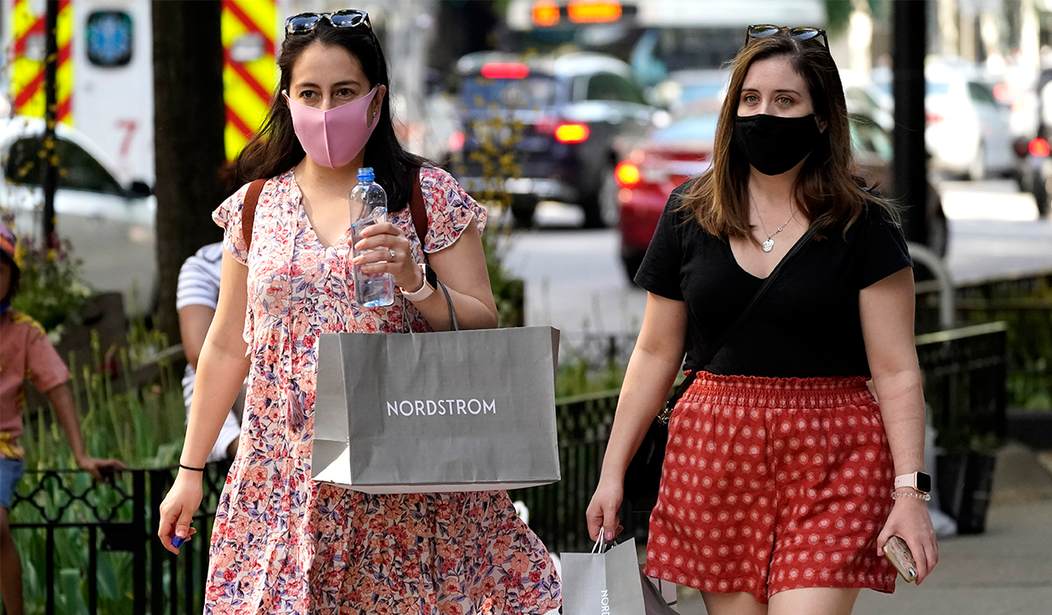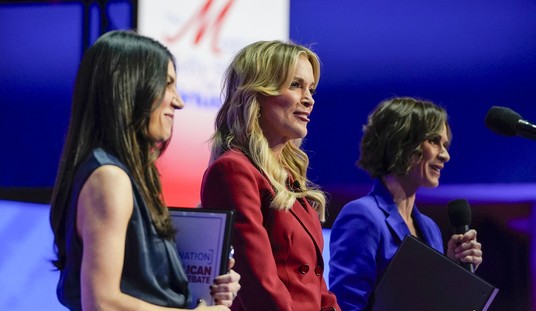“This is arguably the most important single piece of epidemiological research of the entire pandemic,” wrote demographer Lyman Stone excitedly after sifting through this study conducted in Bangladesh between November of last year and April of this year.
Why the excitement? It’s because the researchers involved not only managed to pull off a randomized mask study that involved a control group, the gold standard of scientific analysis, but they did it on a humongous scale. They took blood from 350,000 people in rural Bangladesh to see who had already had COVID, then they began encouraging mask-wearing among half of that population — handing out free masks, offering info on the importance of masking, getting community leaders to set an example by masking up, even performing in-person reminders for eight weeks. They had observers in those villages keep tabs on how many people were wearing masks and how many weren’t. It turned out that in the control population just 13.3 percent wore masks while 42.3 percent wore them in the pro-mask population. Then they took blood samples again from everyone in both groups who’d had COVID-like symptoms during the study to see how many in each community had been infected since the first sampling.
Result: The aggressive effort to promote masking paid off. The pro-mask population had less spread of COVID than the control population did. The effect was especially sharp among older (i.e. middle-aged) Bangladeshis and even more so when they wore surgical masks instead of cloth masks.
The numbers on infection:

The numbers on COVID symptoms:

And the numbers on infections by age group, where we see the most dramatic difference:

A relative reduction of 35 percent among the most vulnerable people in the population is no joke, especially when you scale the relevant population up to tens of millions of people. And do note: That was the impact from “only” 42 percent of the population masking. One of the researchers behind the study took care to note that higher rates of masking could have a bigger bang for the buck, especially among the old:
If going from 13/100 to 42/100 people wearing masks leads to reductions of the magnitudes above, near universal mask-wearing (as is possible with enforced mandates in some areas) might lead to substantially larger reductions.
— Jason Abaluck (@Jabaluck) September 1, 2021
Stone elaborated:
If we assume this can transfer to R(e) smoothly, that implies a shift from 0 to 100% community masking could reduce the R value of COVID by about 20-50%.
That's huge!
— Lyman Stone 石來民 🦬🦬🦬 (@lymanstoneky) September 1, 2021
I recommend reading his entire thread on the study, which has been re-formatted here to make it scan more like a blog post. He points out that one of the early criticisms of the study by anti-maskers, that they apparently do little or nothing for younger adults, isn’t borne out by the data above. Because the researchers were measuring symptomatic infection, it may be that more younger adults were getting infected in unmasked communities but were fighting off the virus before it could cause symptoms in them due to their younger, more robust immune systems. They might still have been more likely to catch COVID, though, and then to transmit it to older adults while asymptomatic, which means that getting them to mask up would have had a real benefit — to the community, not to themselves as individuals.
Which is what the whole study boils down to, Stone notes. This is what’s possible when an entire community (or at least 42 percent of it) changes its behavior. Vulnerable people in that community end up being meaningfully more protected even if the average person might not be. Given that more than a third of American adults won’t get a free vaccine in the name of limiting transmission in their own communities, good luck convincing them to engage in a heavily politicized prevention measure like masking purely for the sake of protecting the older people around them.
The study invites some questions, though:
1. Given the November-to-April timeline, were any of the subjects infected with Delta? How might these numbers change in a Delta environment? Masks could/should be less effective with a variant that produces a thousand times the viral load of the original virus. Although one could argue that, precisely because the viral load is higher now, masks are more urgently needed to limit the amount shed by each infected person.
2. Are we sure the reduction in infection in the pro-mask Bangladeshi villages was due to masking and not to other behavioral changes? “In fact, we found that our intervention increased the likelihood of physical distancing, presumably because individuals participating in the intervention took the threat of COVID-19 more seriously,” the researchers admit in their “Discussion” session. Maybe the mask PR effort spooked villagers about COVID, especially its threat to older people, and so the olds started isolating to protect themselves. It wasn’t the masks, it was the isolation! The researchers go on to say that they don’t believe that’s what happened, though:
The intervention may have influenced rates of COVID-19 by increasing mask use and/or physical distancing and/or other risk prevention behaviors. Three factors suggest that the direct impact of masks is the most likely explanation for our documented health impacts. First, while we find similar impacts of cloth and surgical masks on physical distancing, we find consistently larger impacts of surgical masks on symptomatic seroprevalence, consistent with the evidence that surgical masks have better filtration efficiency. Second, we see no change in physical distancing in the highest risk environment in our study, typically crowded indoor mosques. The physical distancing impacts we do measure were confined to outdoor environments. Third, our study complements a large body of laboratory and quasi-experimental evidence that masks have a direct effect on SARS-CoV-2 transmission.
It’s certainly true, though, that masks alone aren’t going to kill off a major wave of COVID. The point of the study is that they can help reduce infection. Combine masks with other mitigation measures and *that* might be a wave-killer:
In other words, community masking is EXTREMELY useful in a population that is 1) taking other precautions to limit gatherings, or 2) has some previous acquired immunity, or 3) has some vaccinated people in it, or 4) has a good reason to play for time.
— Lyman Stone 石來民 🦬🦬🦬 (@lymanstoneky) September 1, 2021
3. What about kids? The study doesn’t seem to have included children for mask-wearing, which is bad news insofar as it leaves us in the dark about optimal school policy but good news in that it shows that merely having more adults mask up can reduce community infection rates. We already know from other studies that kids who live in highly vaccinated communities are less likely to be infected than kids in communities with lower rates. Maybe masking works the same way. It would stand to reason that the more adults cover up, the less often children are going to pick up the virus from them.
That’d be a rich topic for the next study in this vein. Take blood samples from kids in pro-mask and no-mask communities and compare how many were infected in each. In the meantime, the study’s most obvious conclusion should be followed: Surgical masks work much better than cloth, so if kids (and adults) are going to mask in school, those are the ones to use.
I’ll leave you with this last point from the study. Just telling people “hey, wear a mask” might not be enough to make a difference.
Oh, and LOL at how the Give Well masking study casually throws another stake in the heart of quick-fix behavioral nudges.
Mask distribution, role-modeling, explicit promotion >>>> “asking ppl to make verbal commitments to change their behavior in the future” pic.twitter.com/qNOmsmXw3I
— Derek Thompson (@DKThomp) September 1, 2021







Join the conversation as a VIP Member